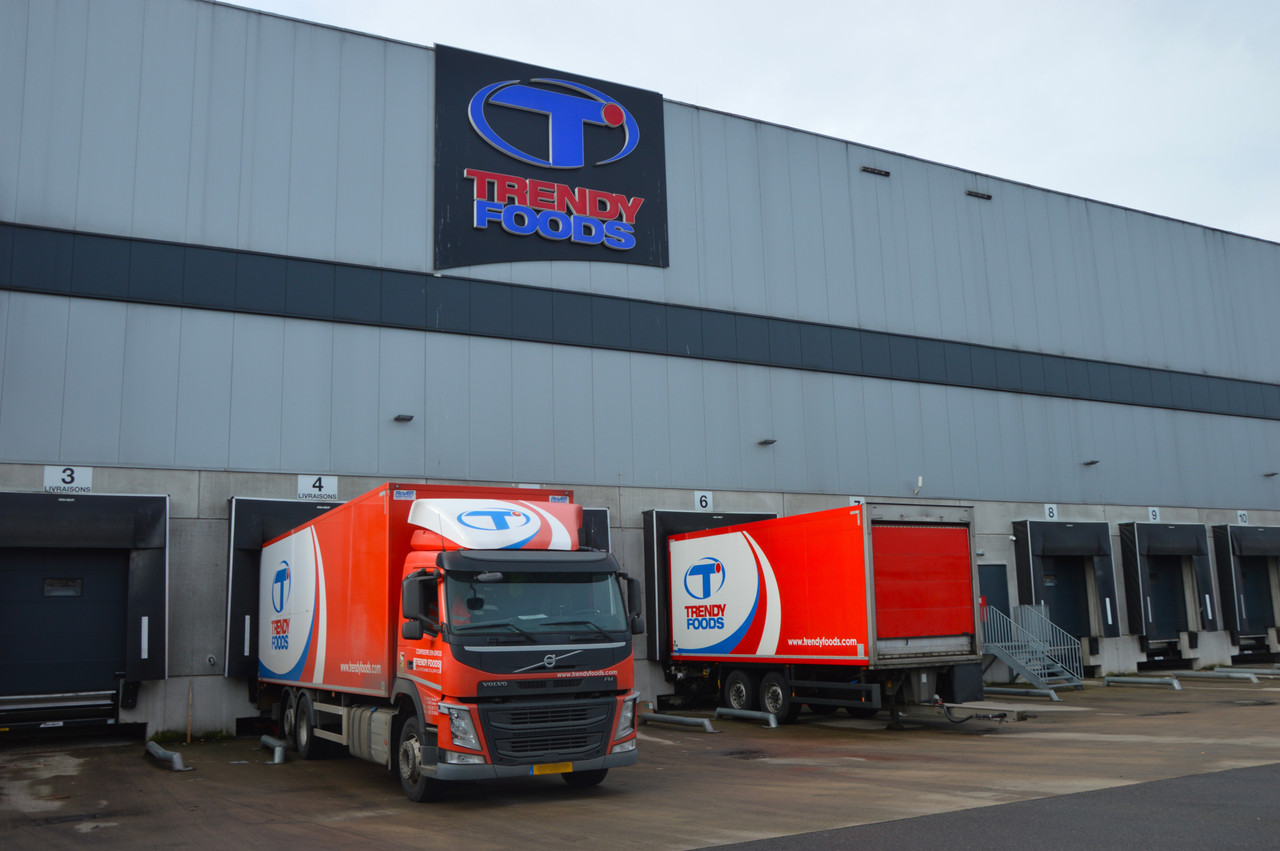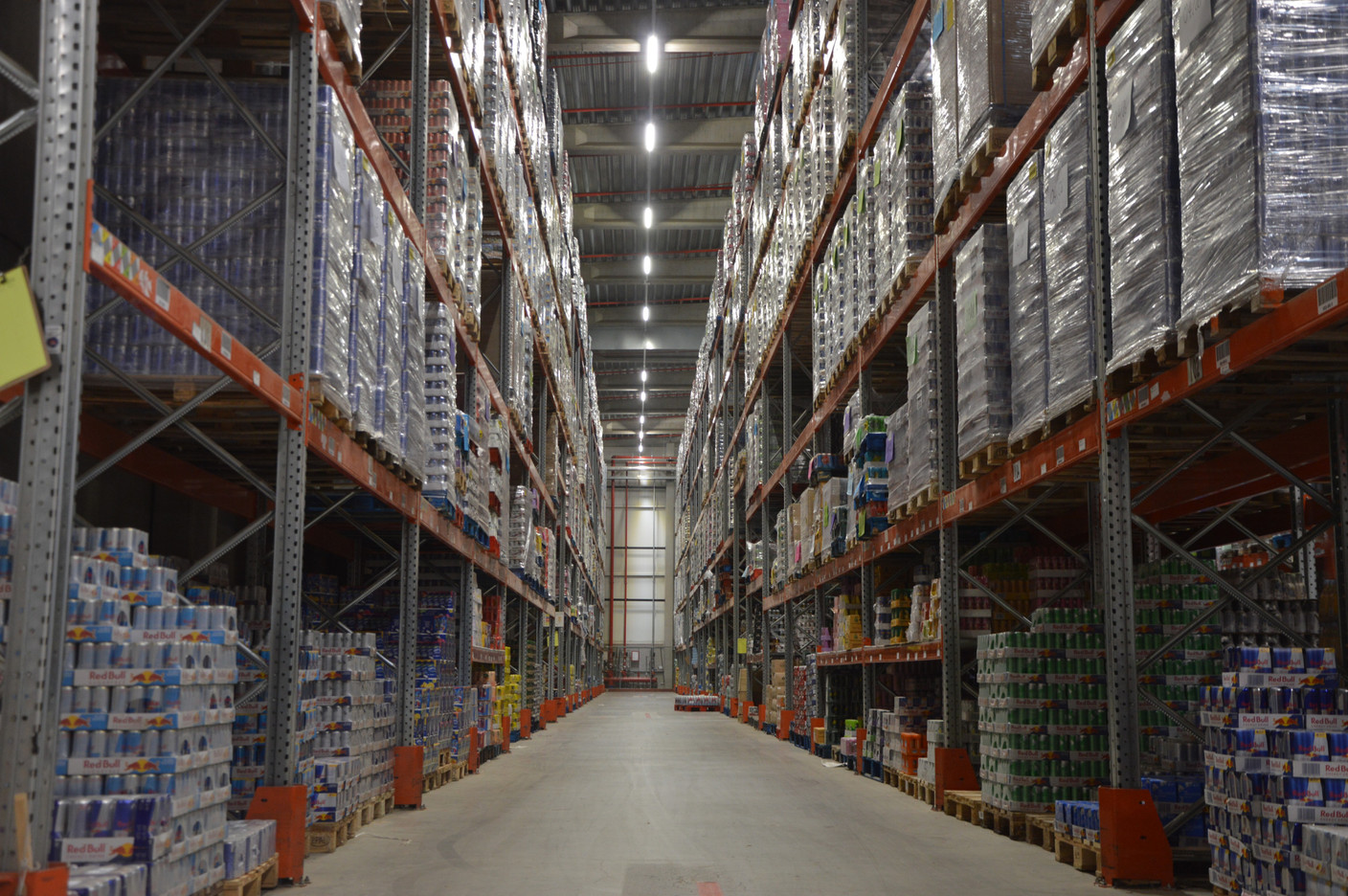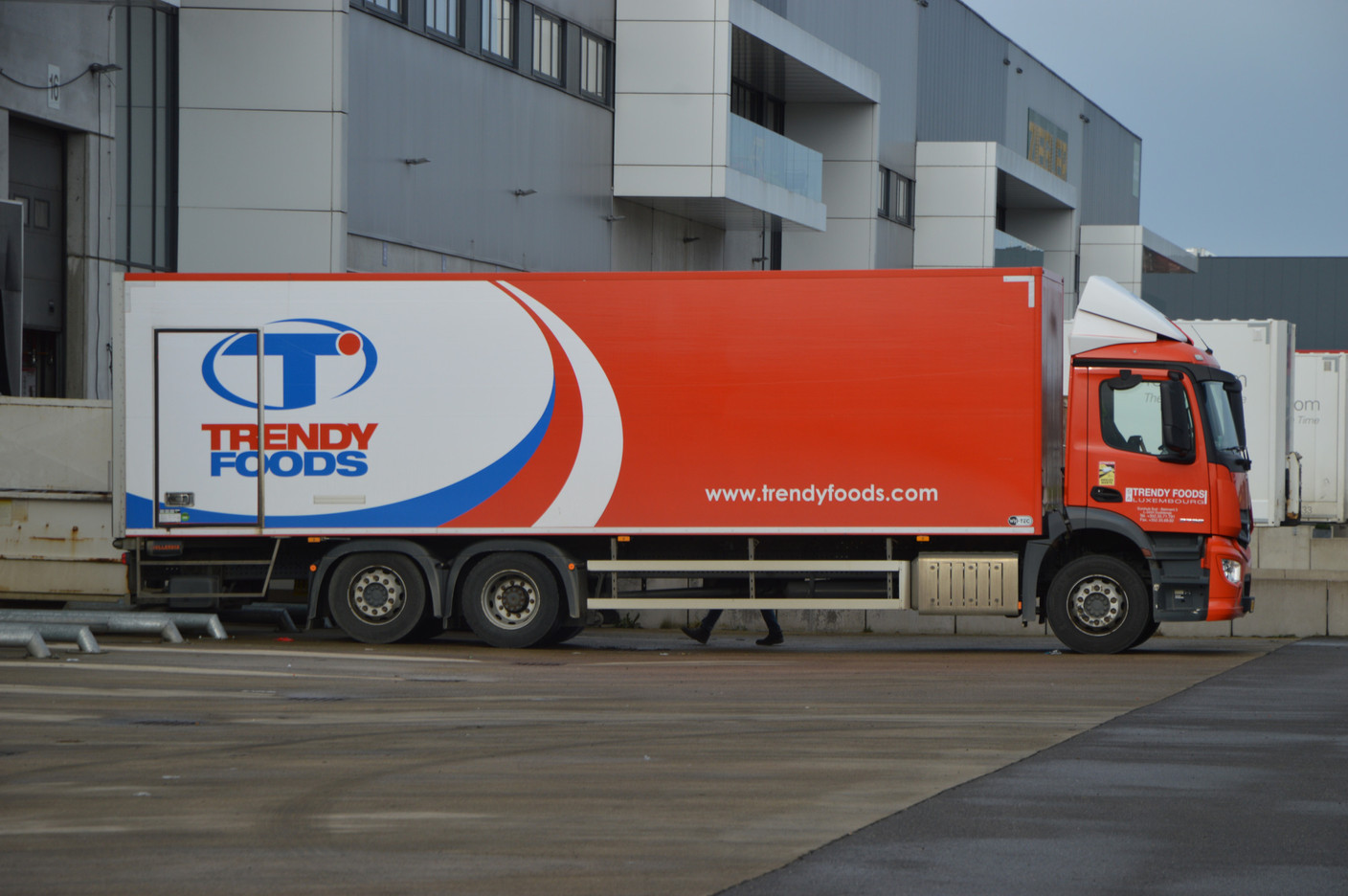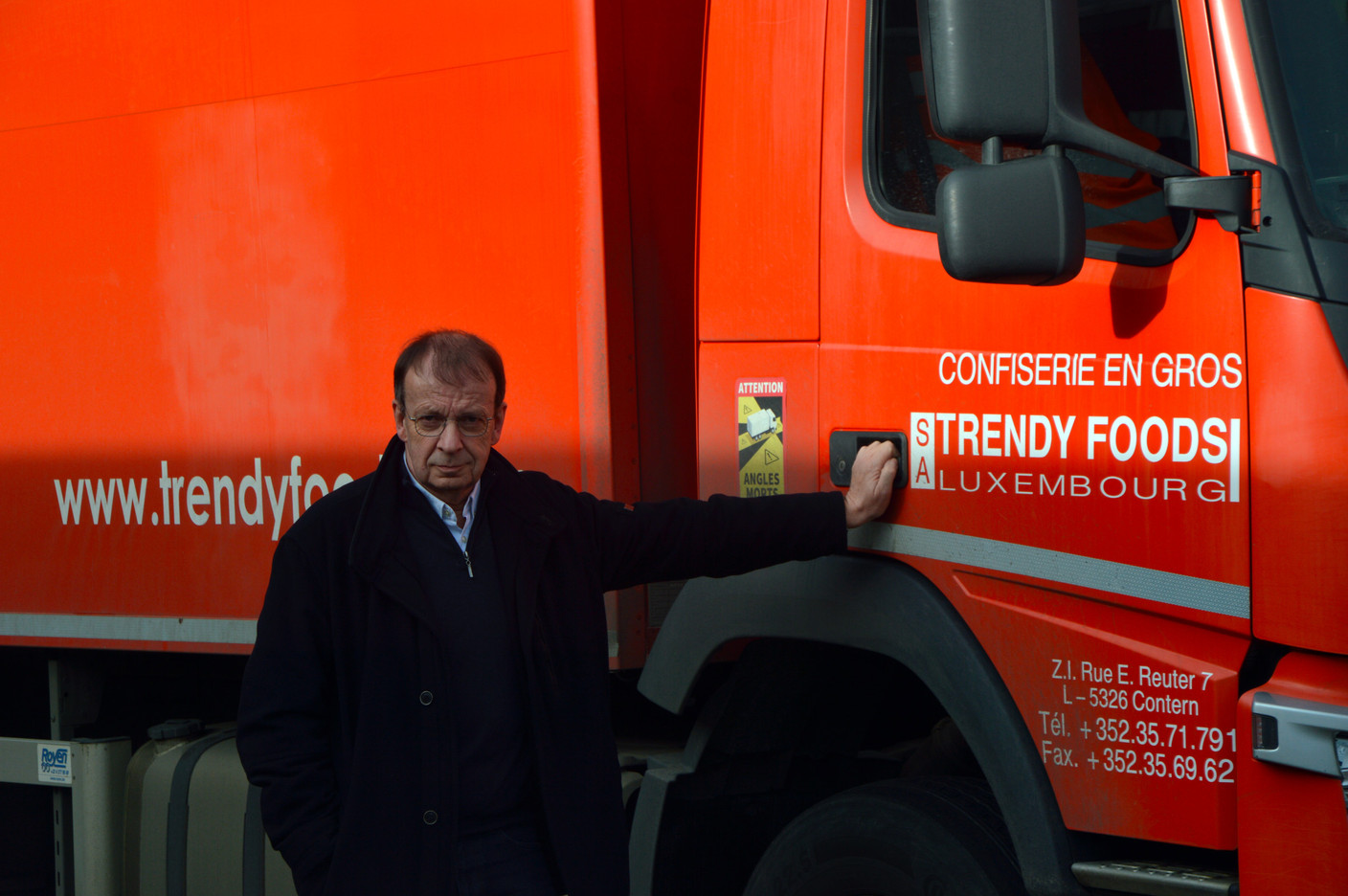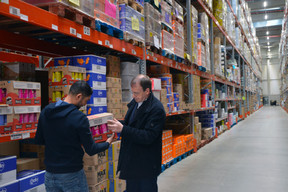Those little products, like chocolate bars and drinks, or various accessories that can be found near checkouts, in petrol stations or small convenience stores across the country; there’s a good chance that it’s Trendy Foods that has delivered them here. The company, which specialises in supplying its customers on D+1, was created in the Liège region in 1970 from the merger of six confectionery wholesalers under the name Specaly. Since then, the wholesaler has never stopped growing by buying other companies and expanding throughout the Belux region. Its installation in Luxembourg in 1978 came thanks to the acquisition of the confectionery wholesaler Kessler in Strassen. It then grew significantly through a new acquisition: Aligros Luxembourg in the 1990s and first set up in Contern, and since 2020 in Dudelange.
In 2003, the company changed its name to “Trendy Foods” to reflect the spirit of the times in an industry where market trends are constantly changing. Over the years, to meet customer demand, the company has considerably diversified its product range, adding non-food products, tobacco and related accessories, car care products and telephone accessories to its confectionery and beverages. In Belux, Trendy Foods offers a range of over 20,000 products, some of which Trendy Foods has exclusive distribution rights for.
Its move from Contern to Dudelange is testimony to its growth. Here, Trendy Foods has a single 10,000m2 warehouse, compared with 4,900m2 in three spaces in Contern. One hundred sixty-four employees work at this site, which is active 24 hours a day, with deliveries six days a week. “We are active in petrol stations, the on-trade, non-food, catering, transport, vending (coffee machines, vending machines) and retail,” sums up the general manager of Trendy Foods Luxembourg, Michel Thilmant, who joined the company in December 2015.
Luxembourg is not a province of Belgium, it’s a country--and that’s important to me!--with different sales processes, different product presentations and different store frontages
Since 2015, the company has increased its sales eightfold, and should exceed €800m by 2024, with a profit of €1.28m in 2023. At group level, sales in 2023 exceeded €1bn. According to the director, this discontinuous growth is due to a strategy based on proximity and profiling. “Luxembourg is not a province of Belgium, it’s a country--and that’s important to me!--with different sales processes, different product presentations and different store frontages. This proximity is our strength, along with our responsiveness and strong customer service focus. In fact, that’s our slogan: ‘Be close to see far,’” he insists.
The link between supplier strategy and customer needs
Service stations account for the lion’s share of its business, and the company works across borders in Belgium, France and Germany, as well as within the country itself. “So we have five distinct processes depending on the location of our customers’ sales outlets. We are also able to adapt our process to the scale of a street,” explains Thilmant. As for profiling, this is based on the principle that one sales outlet is not like another.
“It may be located at a border or on a street, and not benefit from the same flows or the same customers. Our speciality is service stations and convenience stores, but we also supply retail outlets. We also offer point-of-sale layouts, with planograms based on top-selling products, using data drawn from our experience and market trends. It is this whole service, including the product, purchasing, sales, financial and logistical aspects, that is our strength. We position ourselves as a meeting point between the strategy of the suppliers (who come mainly from Belux and Western Europe) and the needs of the customer. It’s a tripartite relationship. We want to pursue a policy of partnership,” he explains.
In terms of optimising its supply chain, the group has already integrated digitalization into its processes. All its orders are computerised via an EDI (electronic data interchange) system. “They are automatically sent to the warehouse scanners. The goods are selected and prepared for delivery through the various optimised chains, one for each type of product. We deliver 82% of our products on D+1. We also equip our points of sale with scanners for certain orders. They scan the required product on their side and we receive the order. It is essential to constantly develop digital ordering methods to build customer loyalty,” explains the director.
When it comes to another contemporary business challenge--sustainability--Trendy Foods is moving forward at its own pace. Converting its fleet (around forty lorries in Luxembourg) to reduce emissions is not on the agenda at the moment, and “there are no terminals in the area,” says Thilmant. But he does point to some progress: “We have just started our carbon audit and we are in the process of developing our initiatives, particularly in waste management. This involves taking back from our customers the waste we produce, such as cardboard and plastic packaging. We sort it, compact it here and sell it on. We also help our customers to manage short dates. We have installed equipment such as intelligent lighting that adapts according to activity in the warehouse, as well as dual-flow ventilation for temperature control.”
Retail, a customer and a competitor
A major challenge for Trendy Foods is the growing hold of mass retailers over convenience stores and their main market, petrol stations: with MyAuchan in Aral petrol stations and Proxy Delhaize in Q8 petrol stations, for example. “Retail represents a competitive threat for us, because they have their own head office and their own structures. So for us, retail is both a customer and a competitor. And we have to juggle both.” Moreover, Thilmant does not rule out adding fresh and frozen products to his product portfolio, as in Belgium, where the business is run by Francis Plunus. “We’ll have to see how the market develops,” he says, “but it’s a possibility for the future, perhaps through a joint venture with a company that's already doing it.”
This article was originally published in .
